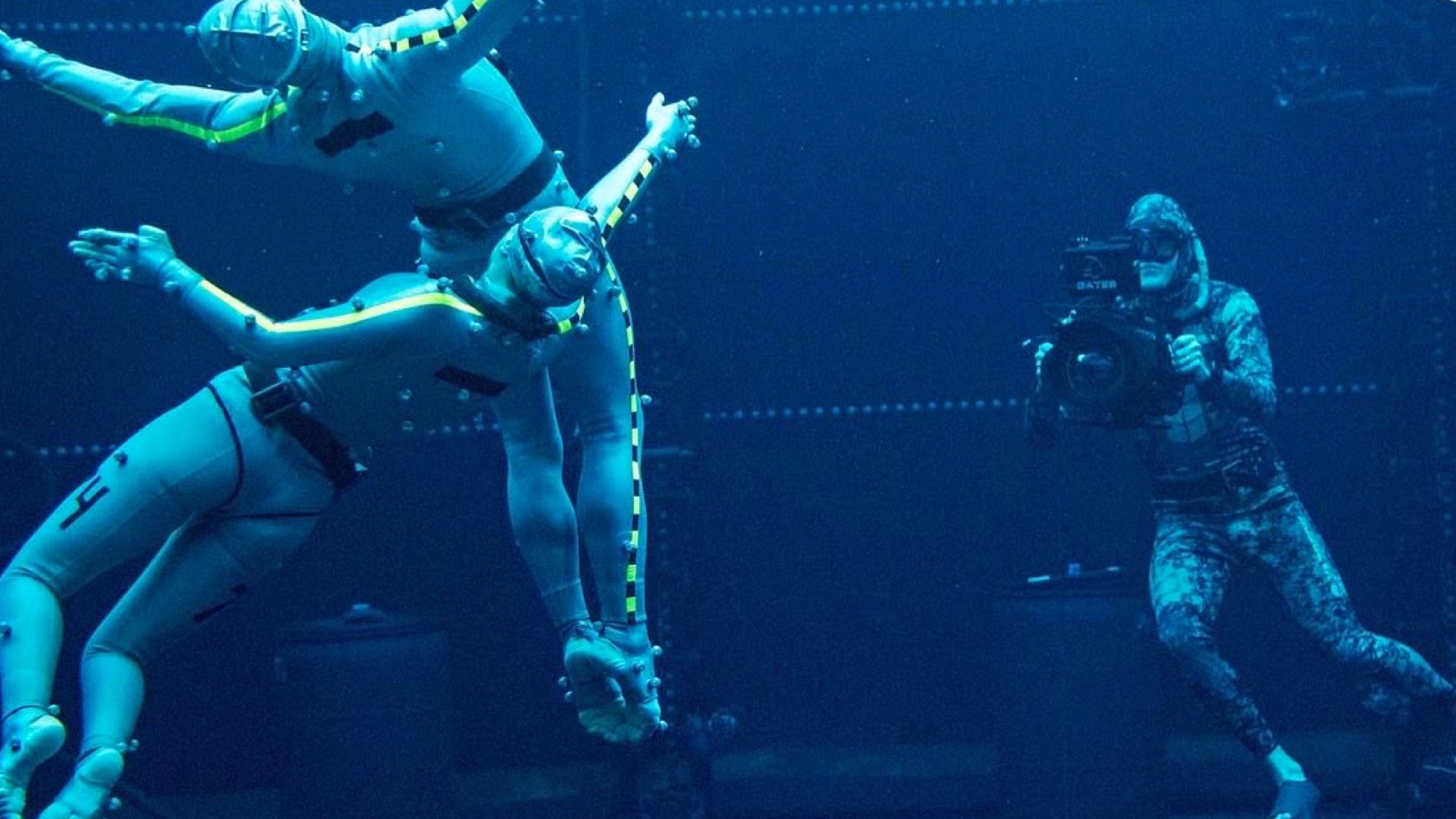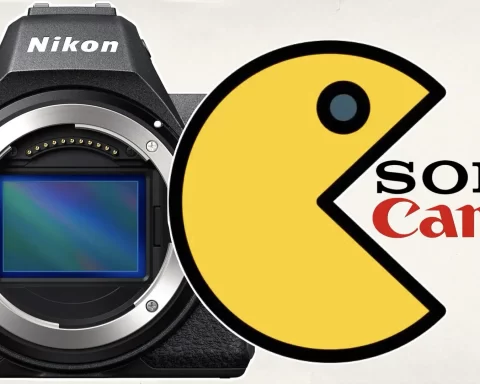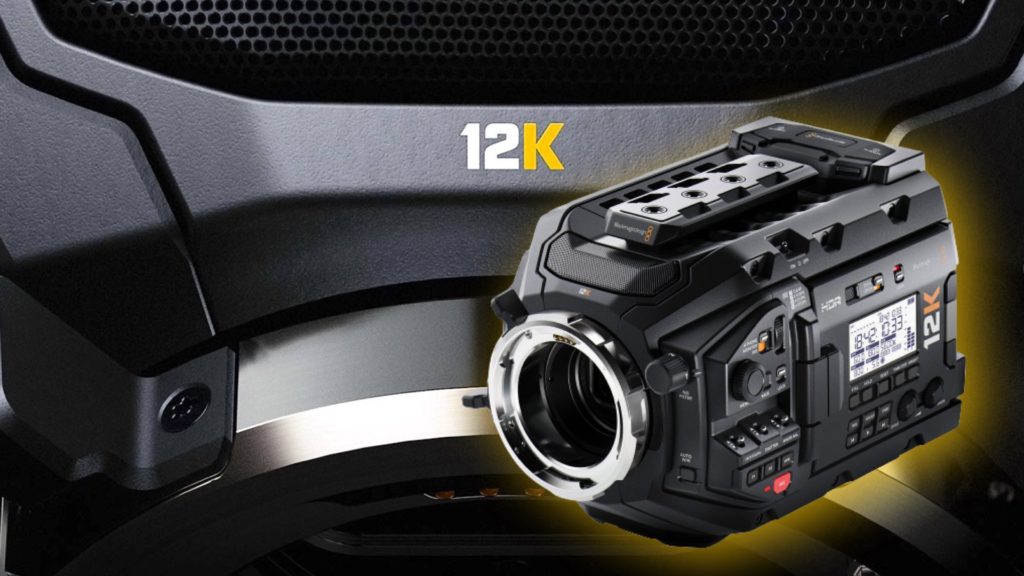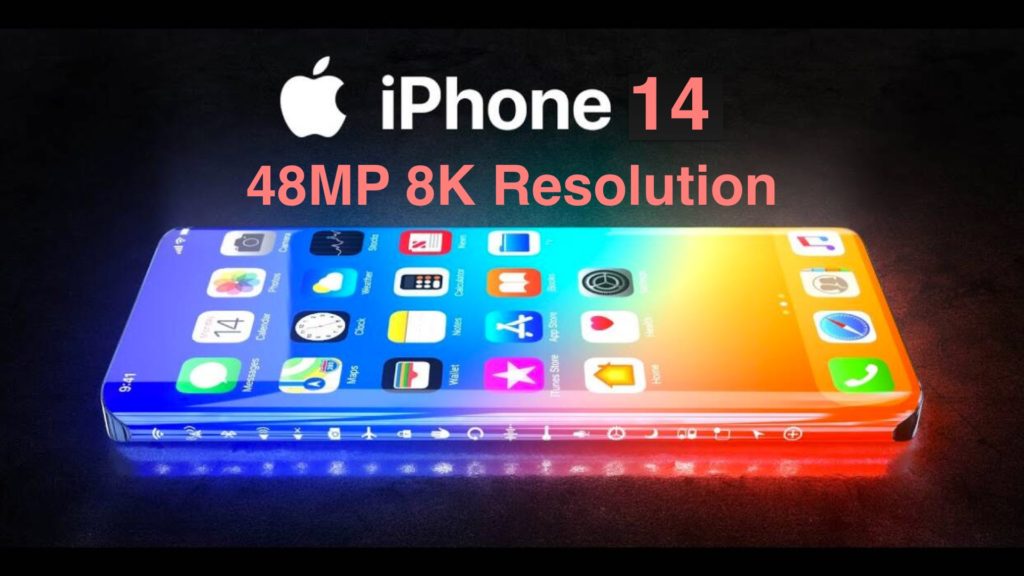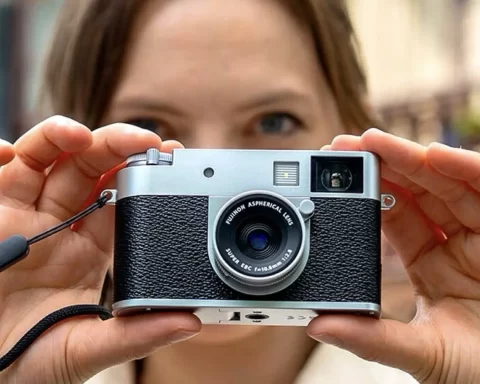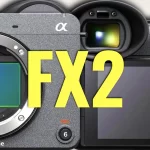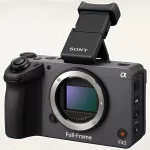New BTS images of Avatar 2 were published. By assembling the whole picture we can conclude that the majority of Avatar 2 was filmed underwater by utilizing the Sony VENICE tethered sensor block (Rialto). Furthermore, it appears that James Cameron has insisted to film Avatar 2 underwater (in-water capture) in order to make the imagery accurate and real.
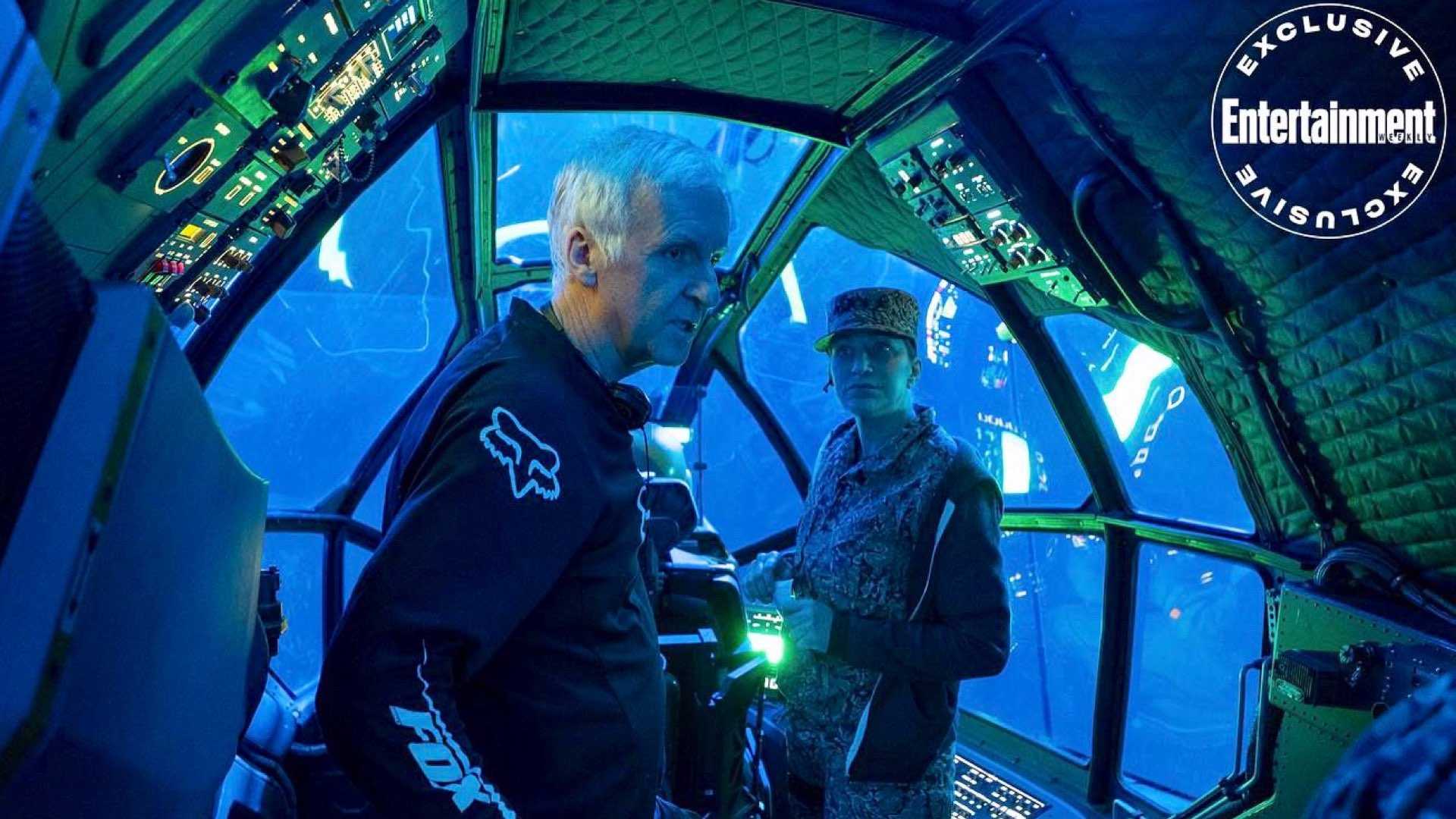
Avatar 2: The underwater sequel
The Avatar 2 is the (very) long-awaited sequel out of four (!) planned sequels. Avatar 2 will be screened in theaters in Dec. 2022 (one year from now). Filming Avatar 2 has required a very complicated underwater set, requiring years of technological research and months of training actors to hold their breath for lengths of a couple of minutes. That demanded a huge amount of physical training. Cameron admitted that these tough physical requirements from the actors were “kind of nuts/crazy”. Filming on Avatar 2 (an official title has yet to be announced) started in 2017, with a story set about 14 years after the original: Former human soldier Jake Sully (Sam Worthington) and Navi warrior Neytiri (Zoe Saldana) has settled down and started a family, and much of the film centers on their preteen offspring. If the first film was all about the rainforest, now Cameron returns to his natural habitat which is the ocean. BTW, principal photography has already wrapped on Avatar 3 (due in 2024). The fourth and fifth movies are currently set for 2026 and 2028.
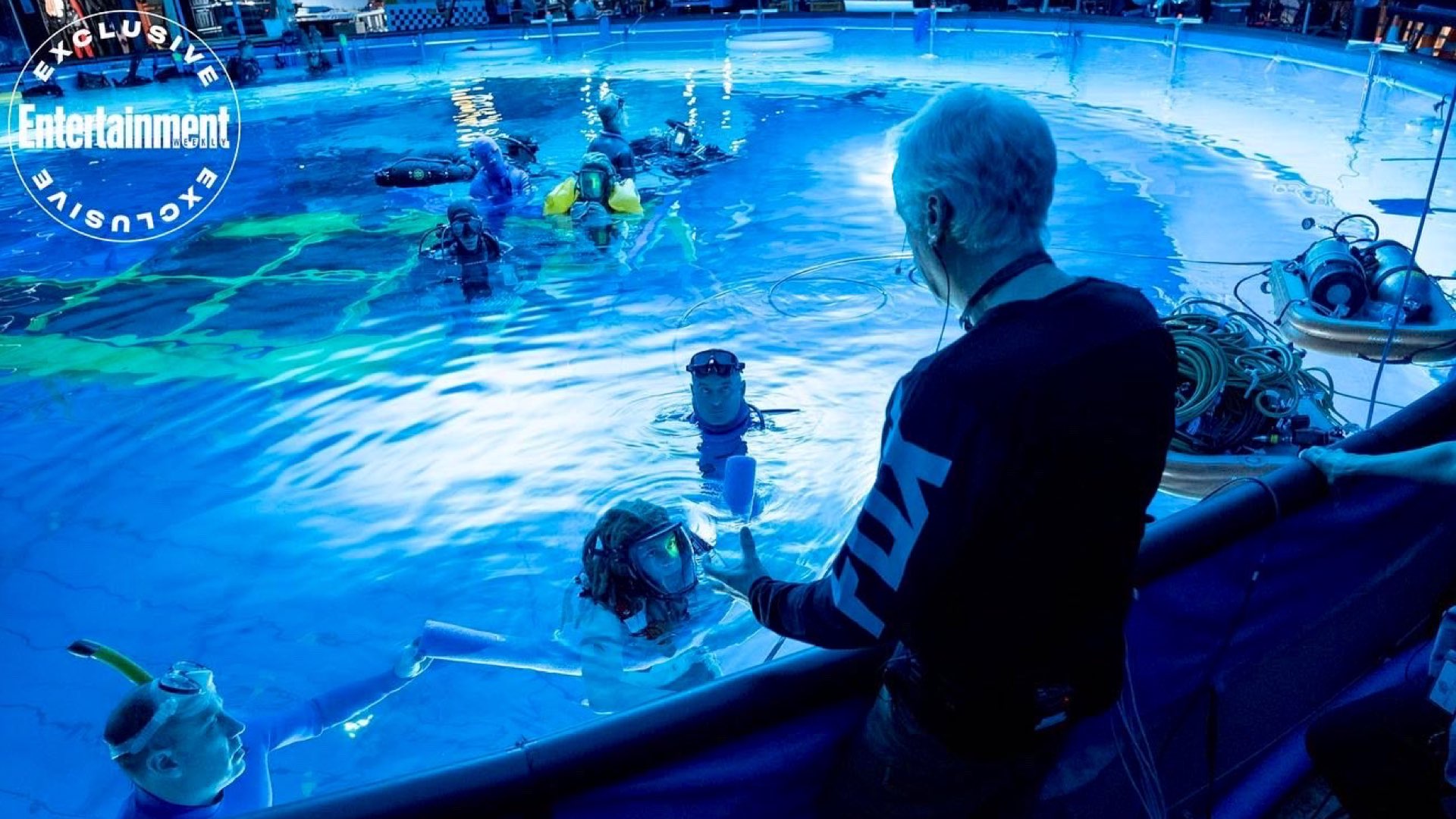
Capturing images inside a 900,000-gallon tank
According to an interview with Entertainment Weekly, Cameron elaborated that the innovative performance-capture process designed for the first Avatar wasn’t intended to work underwater, so he and his team had to engineer a way to accurately record the actors’ tiniest movements and expressions while submerged. Much of the performance-capture filming took place in a 900,000-gallon tank (built specifically for the sequels), which could mimic the ocean’s kinetics. ”My colleagues within the production really lobbied heavily for us to do it ‘dry for wet,’ hanging people on wires,” Cameron stated. “I said, ‘It’s not going to work. It’s not going to look real.’ I even let them run a test, where we captured dry for wet, and then we captured in water, a crude level of our in-water capture. And it wasn’t even close.”
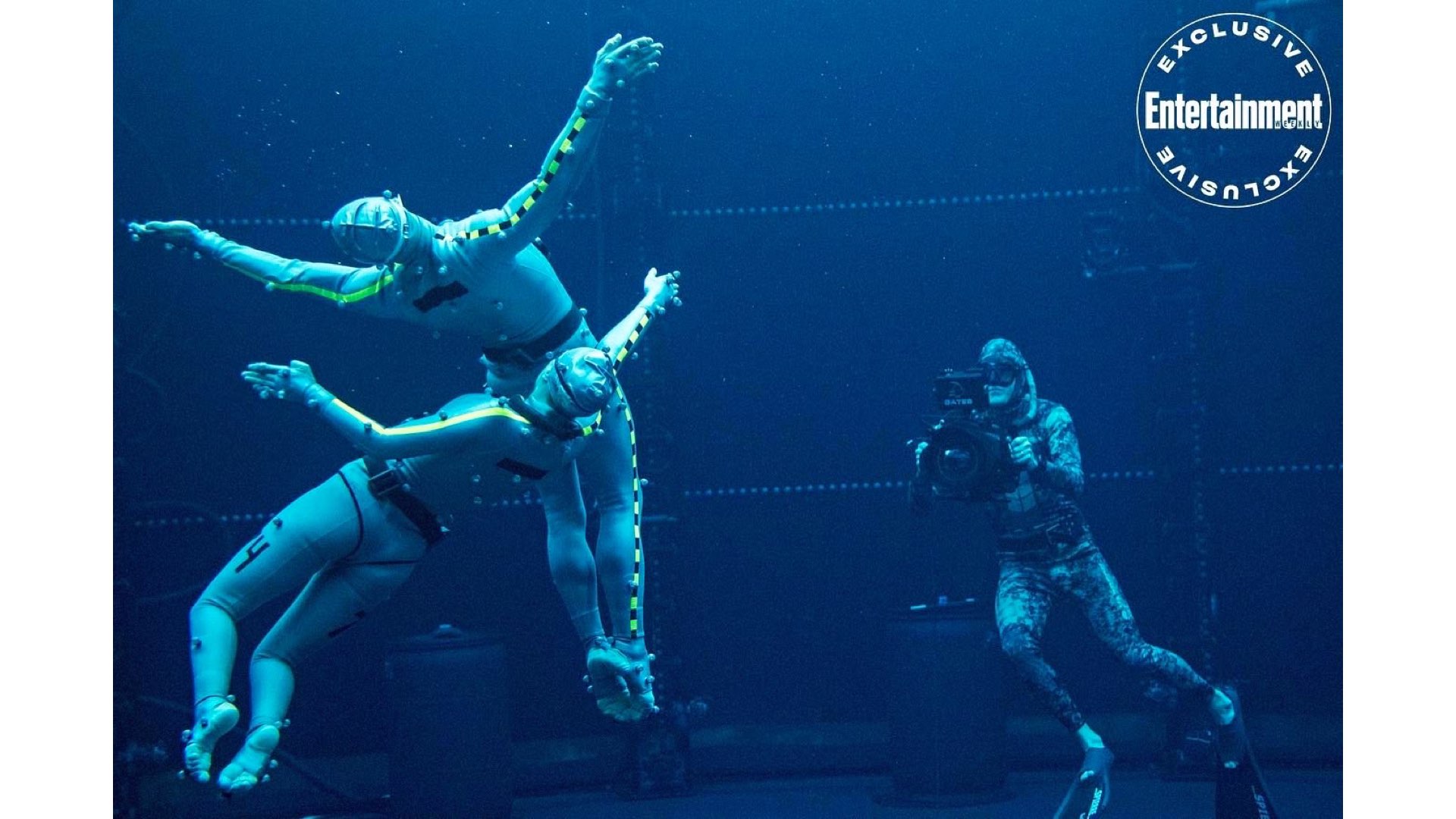
Fighting for 3D
James Cameron is a guru of 3D imagery, and he totally believes in it. Hence, he has decided to utilize Sony VENICE tethered sensor block (Rialto). It’s well-known info that Avatar 2 3D rigs were composed of multiple 6K-capable Sony VENICE cameras, with the optical blocks disconnected from the camera body by a cable at distances of up to 20 feet. BTW, there are rumors that this unique extension system was built by Sony to meet Cameron’s demands for the Avatar sequels. The underwater performers have utilized the extension system and the data was transported by a series of Blackmagic Design boxes that took the signal directly from the VENICE and convert it into multiple combinations for thorough on-set reviews. These include 3D 48fps in 2K and 4K, 3D 24fps in 2K and 4K, and 3D 24fps in HD plus SDR and HDR variants.

Alpha mirrorless too
The production has also utilized a variety of additional Sony cameras including multiple Alpha mirrorless interchangeable lens cameras, PXW-Z450 and PXW-X320 camcorders, and the waterproof RX0 camera. Furthermore, James Cameron seriously looked into shooting the Avatar sequels in a higher frame rate (48 fps and above) which, as he stated, takes the glass out of the window to reality. However, he opted out of this option, stating in an interview that as groundbreaking as the format is for cinema, moviegoers have always been used to a specific way to view films (24 fps), and altering that in any way would simply take the audience out of that experience.
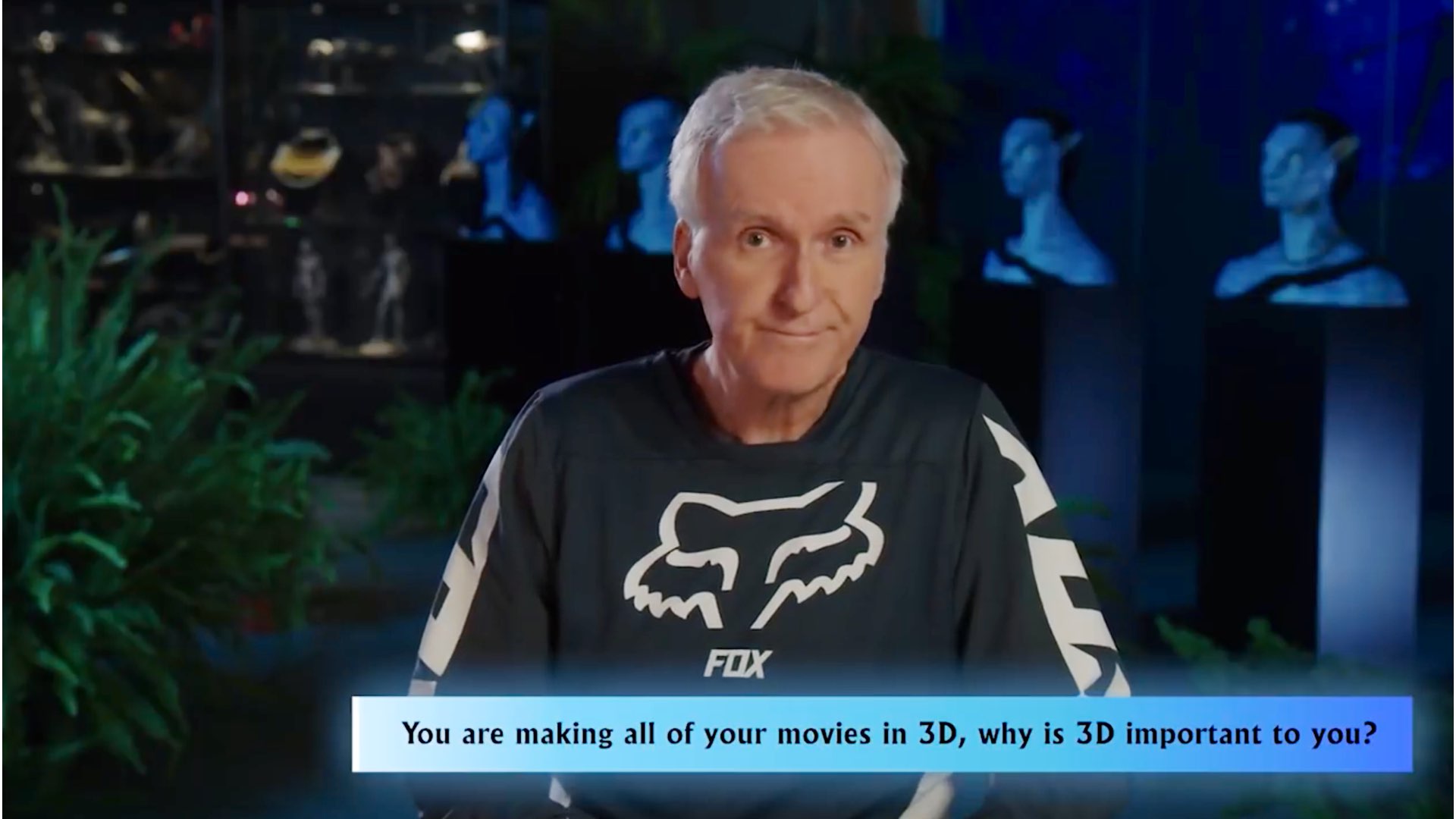
Wrapping up
From now, we have one more year to talk about Avatar 2, and we will. The first chapter broke a record (Read: Avatar (2009): The Milestone of Filmmaking Breaks a Record), and Cameron plans to break another one. We’ll keep you posted regarding the cinematography behind Avatar 2 as much as we can. Stay tuned.
Product List
Here’re the products mentioned in the article, and the links to purchase them from authorized dealers.
- Sony VENICE 2 Digital Motion Picture Camera (8K)
- Sony VENICE 2 Digital Motion Picture Camera (6K)

